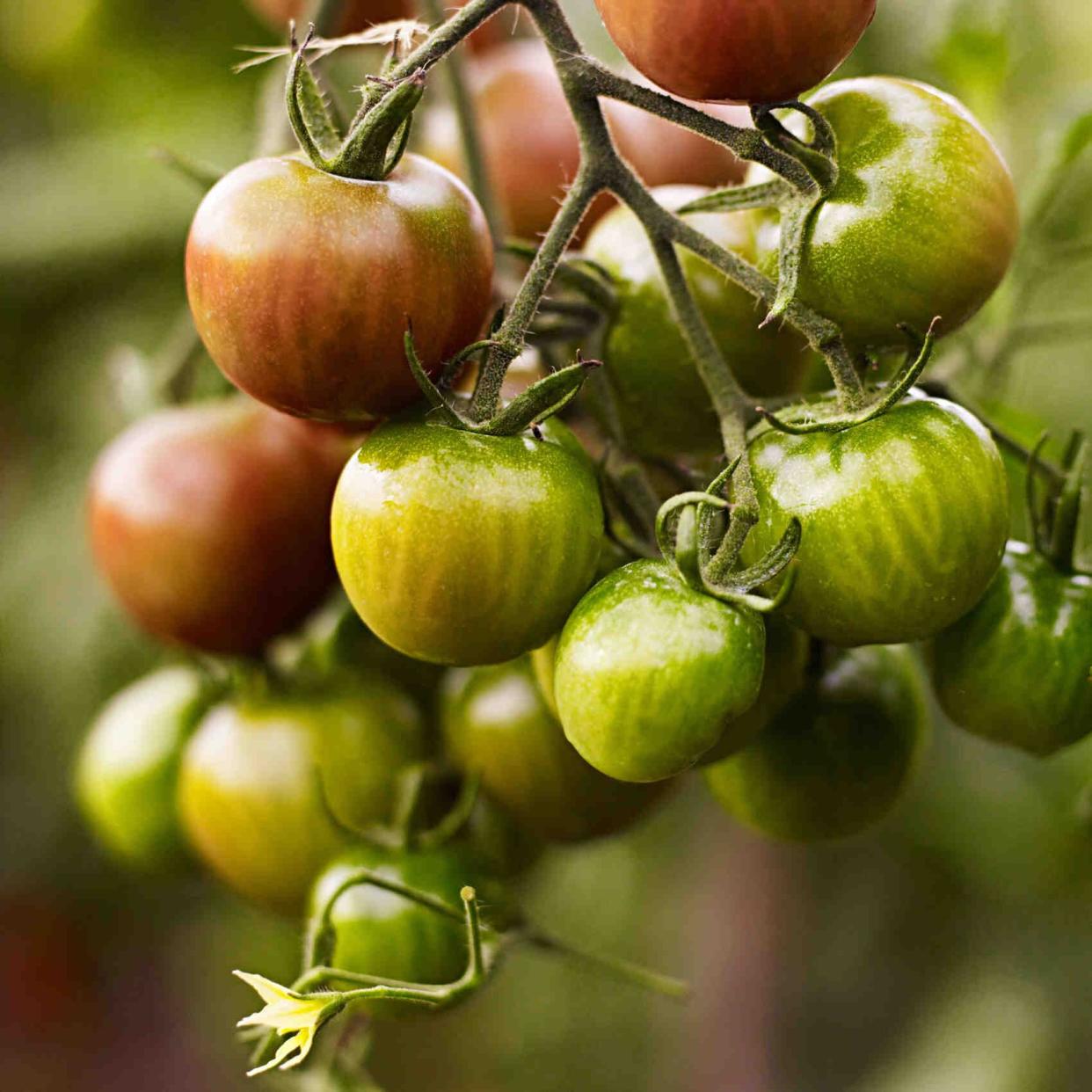How to Recognize and Prevent Blossom-End Rot in Your Tomato Garden

Andrew Montgomery
Though blossom-end rot can affect several different fruit and vegetable plants—including pepper, squash, pumpkin, eggplant, and watermelon—it's especially common in tomatoes, says Jon Traunfeld, extension specialist and director at the University of Maryland Extension home and garden information center. Easy to identify but impossible to reverse, blossom-end rot is best tackled with appropriate soil maintenance and the right amount of watering. But even then, you may lose a few fruits to the disease. "It's the very lucky tomato gardener who never sees this problem," says Traunfeld. Ahead, how to prevent this difficult tomato rot—and recognize its signs and symptoms, should it ever reach your garden beds.
What Does Blossom-End Rot Look Like?
Several other tomato diseases might be confused for blossom-end rot, but none have the exact same set of characteristics. "Blossom-end rot is pretty distinctive," says Traunfeld. "Dark blemishes appear at or near the bottom—the blossom-end—of developing fruits when fruits are enlarging, and [there are] no symptoms on leaves. The blemishes may stay small or enlarge, and will become dark in color, shrunken, and leathery." If you see a fungal disease on the sides and tops of the tomatoes, that's likely anthracnose; brown lesions on the fruits, leaves, and stems are often late blight; and sunscald bleaches the sides of the tomato, turning it white or yellow, instead of darkening it. Blossom-end rot is less common in smaller cherry and grape tomatoes, and more likely to threaten larger tomatoes, like paste and plum varieties.
The Causes of Blossom-End Rot
At its most basic, blossom-end rot is caused when low calcium levels within the fruit destabilize the cell walls, allowing them to break down. This often happens in early or mid-summer, when more water and nutrients are required for the plant's rapid growth. "Calcium is much less mobile in the plant vascular system than other nutrients," says Traunfeld. "When insufficient calcium is taken up by plant roots, it goes to the growing points—new leaves and shoots—and would reach the bottoms of developing fruits last." While low levels of calcium in the soil can be the culprit, Traunfeld says "environmental stressors" are more likely to cause the rot, including "low soil moisture from drought or irregular watering, soil compaction, root injury, lush plant growth, hot, dry weather, and high light intensity."
How to Treat Blossom-End Rot
Once you spy the telltale darkening on a tomato, it's too late to save it: "It's irreversible," says Traunfeld. "The fruit is ruined." Liquid calcium sprays can offer a nutrient boost, but are most effective when sprayed before blossom-end rot is noticeable—so it's hard to know you need them until it's too late. "Sometimes, temporary plant stress will cause blossom-end rot with the problem subsiding as long as plants are well-tended and the soil has adequate calcium," says Traunfeld. With the right planting and maintenance, you can help prevent blossom-end rot, though: Traunfeld recommends adding two to four tablespoons of gypsum into each planting hole; adding organic mulch around the plants; and watering deeply once or twice a week while the plant is fruiting.

